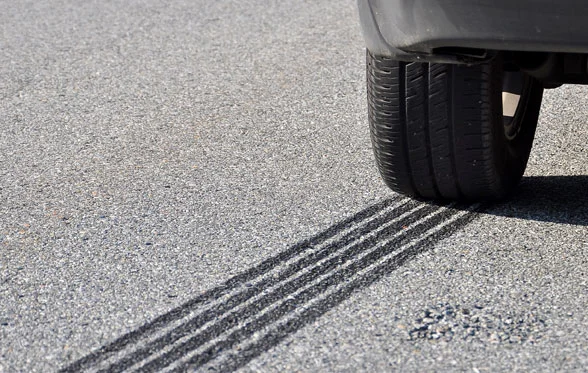On December 16, 2015, the National Highway Traffic Safety Administration (NHTSA) published in the Federal Register (Vol. 80, Number 241; FR Doc No. 2015-31323; Docket No. NHTSA-2015-0119) a Request for Comments (RFC) on proposals to revise the New Car Assessment Program (NCAP) procedures and criteria. NHTSA uses several approaches to carry out its mission including regulations, defect investigations, recalls and education programs. NCAP is a consumer education approach established in 1978 to provide comparative safety information on new vehicles for prospective purchasers and to encourage motor vehicle manufacturers to advance the safety of their vehicles.
This RFC describes NHTSA's plans for implementing new tools and approaches to update NCAP. NHTSA is proposing these revisions to keep pace with advances in occupant protection and introduction of advanced technologies. The agency intends to issue a final decision notice in 2016 regarding the new items detailed in this RFC. NHTSA plans to implement the enhancements to NCAP in 2018, beginning with MY 2019 and later vehicles manufactured on or after January 1, 2018.
On April 5, 2013, NHTSA published a document (78 FR 20597) requesting comments on a number of areas relating to NCAP where the agency believed enhancements could be made either in the short term or over a longer time period. A total of 58 organizations or individuals submitted comments. Evaluating those comments, additional research and recent recommendations from the National Transportation Safety Board (NTSB) and other consumer organizations and advocacy groups lead to this RFC proposal by NHTSA.
Items in this RFC include:
- Frontal Crashworthiness - Real-world front crash data, continue full frontal rigid barrier, new front oblique crash test, new dummies (THOR-50M, HIII-5M with new RibEye instrumentation), new injury criteria, pedestrian and rear seat protection evaluations.
- Side Crashworthiness -Real-world side crash data, new dummies (WorldSID-50M& 5F, SIDII ), upgraded moveable deformable barrier (MDB) and pole tests.
- Crashworthiness Pedestrian Protection -Real world pedestrian data, plan to implement pedestrian testing.
- Crash Avoidance Technologies -Emergency braking [forward collision warning (FCW), crash imminent braking (CIB), dynamic brake support (DBS)], visibility (lower headlight beam performance, semi-automatic headlight beam switching, amber rear turn signals).
- Driver Awareness [lane departure warning (LDW), rollover resistance -update of static stability factor (SSF), blind spot detection (BSD)], other future technologies.
- Pedestrian Crash Avoidance -pedestrian automatic emergency braking (PAED), rear automatic braking.
- New Rating System -Star ratings -- 1-5 with possible ½ stars for overall safety, crashworthiness, crash avoidance and pedestrian protection.
NHTSA strongly encourages interested parties to submit thorough and detailed comments relating to each of the areas discussed in this RFC, but some areas specifically mentioned include:
- Dummy seating procedures and injury criteria.
- Should FCW only get credit if it includes haptic warning.
- Future advanced technologies -intersection movement assist (IMA), automatic collision notification (ACN), advanced automatic collision notification (AACN), and lane keeping support (LKS).
- Category star ratings rather than test-based and how to best combine individual categories in an easily understood manner.
- Approach to aggregate four crashworthiness pedestrian test results with two crash avoidance test results into one pedestrian protection rating.
Comments should be submitted to NHTSA no later than February 16, 2016.
